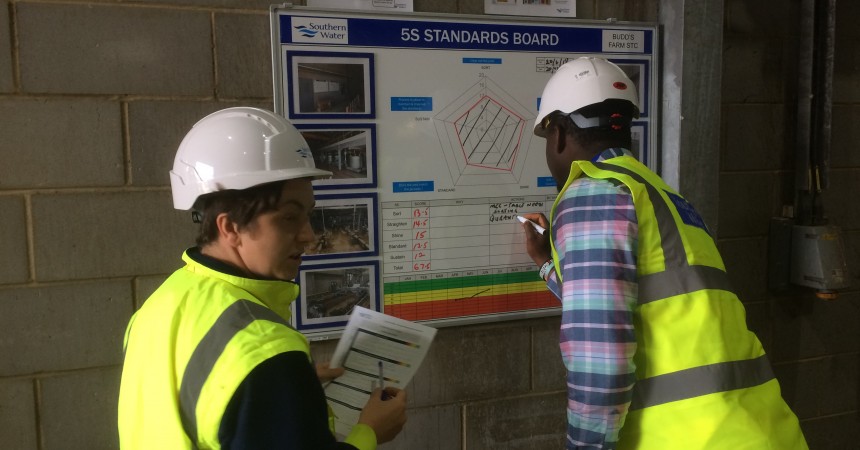How to foster a successful Lean culture
Lean culture is based on two main philosophies:
- Elimination of waste to maximise flow:
- Focus on the Value-added activity
- Remove as much Non-value added activity (waste) as possible
- Respect for people:
- Maximising the potential of people
- Empowering them so they can do their job
Most companies and organisations implementing Lean focus on the first philosophy of eliminating waste and putting in structures, tools and methods to achieve this, but where they run out of steam or stall in their improvement efforts, is the fact that they don’t focus as much on the second.
In the 2008 article in the Harvard Business Review entitled “The Contradictions That Drive Toyota’s Success” Hirotaka Takeuchi, Emi Osono and Norihiko Shimizu go on to detail that Toyota has organised experiments using strict routines and that they have refined Plan-Do-Check-Act (PDCA), the process that is used throughout the business world. They state that these are the “strict routines”, the tools and methods that have enabled them to be so successful in eliminating waste from their processes.
However, they also go on to detail that these experiments are customised, depending on where it is deployed to enhance the local employee’s creativity and that employees are encouraged to challenge the status quo. Failure is also tolerated, as is open communication and sharing the learning.
They go on to conclude that you should not emulate Toyota by copying anyone practice, but that it is about creating a culture. i.e. Maximising the Staff’s potential and empowering them so that they can do their job.
In my experience, in creating a culture of continuous improvement, leaders should be aware that:
- Problems are recognised as opportunities
- It’s okay to make legitimate mistakes
- Problems are exposed because of increased trust
- Staff are not problems – they are problem solvers
- Emphasis is placed on finding solutions instead of “who did it”
So this means that in creating this culture, it is not enough just to have a good understanding of Lean principles – the senior management should always provide the training and tools, to enable the staff to follow the “strict routines”, but they should also ensure that they:
- Believe in the staff to solve the problems
- Give support when required
- Walk the Job – be visible
- Enable participation and ownership
This may seem a bit vague and woolly, and seems counterintuitive to most organisations that have a traditional approach to management, but the “contradictions” in having a “strict routine” approach to how tools are used, but also allowing Staff to use their creativity has enabled Toyota to have a continuous culture of improvement that has enabled them to develop, grow and stay ahead of the competition. They do not get bogged down in traditional thinking.
Some of my best successes and outcomes in my role as a facilitator has been not only in involving staff in using the Lean approach and coaching the tools but enabling them to use their creativity in resolving problems and enabling them to try out their ideas.
So think seriously about contradicting the current way of thinking and enabling staff. This is the best way to foster a successful culture and also a successful organisation.
Share:


